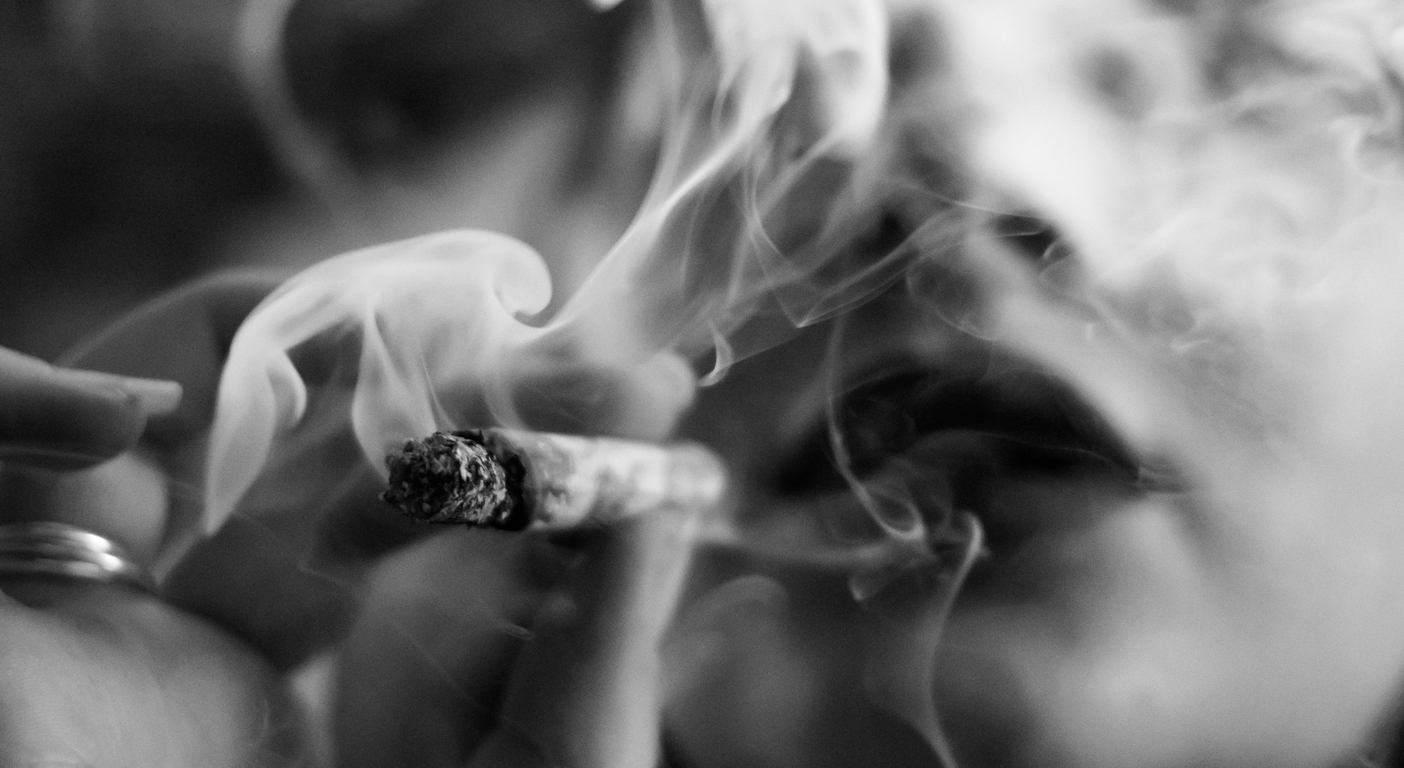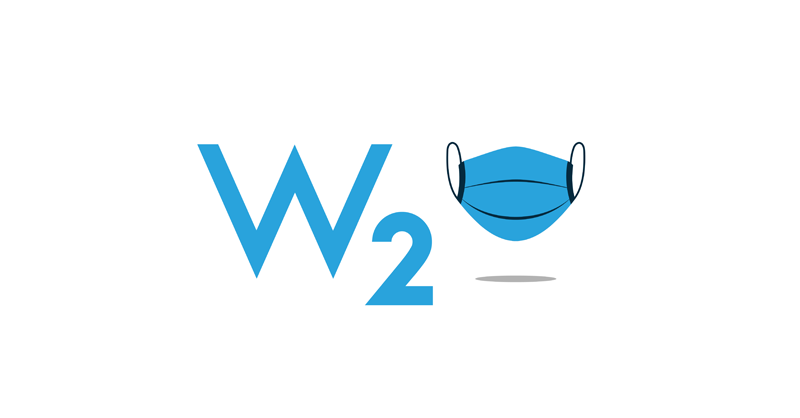
From Illegal to Essential: How Cannabis Went from Vile to Vital in a Single Winter
Not four full months ago, smoking a joint was against the law in Illinois. Now, the people who cultivate, distribute, and sell cannabis products have been deemed essential workers during a global health crisis.
How did we get here?
On January 1, 2020, the sale of recreational marijuana—through legislation, not ballot measure—made Illinois the first state in the nation to take control of the cannabis situation as a matter of public policy. As a consequence, the state was thrust into the limelight as a testing ground for pliable regulation and bureaucratic fortitude in the face of a culture that had always been based on an ethos of “chill.”
The result was an overwhelming demand for the product, unending lines outside of dispensaries, and millions in tax revenue in mere weeks. Acclimation to the new normal in Illinois was so swift that it almost seemed as if life has always been this way, that this was not new, not fresh—just a timeless expanse of green blanketing the Land of Lincoln.
Then coronavirus came.
While dispensaries were granted essential status (under a logic that they’re something like pharmacies), social distancing restrictions and other health concerns made procuring and consuming the product precarious in a new way.
But where other states, as a consequence of regulatory frameworks established extra-governmentally, were uncertain about how to adapt to the rapidly evolving crisis, Illinois integrated solutions with a proverbial snap of the fingers. Solutions like eased restrictions on points-of-sale in parking lots and curbside pickup gave the budding industry something to cling to as it got its sea legs in a rapidly changing situation. And other states have followed suit.
We got in touch with Ricardo Baca—Founder & CEO of Grasslands and an expert on the cannabis industry in Illinois—to learn more about how the state was adapting to the current crisis, what impact those changes are having on the cannabis space, and how the industry will be indelibly shaped by this moment for years to come.
Chicago Ideas (CI): Cannabis is so new—what does it mean that it’s gone from illegal to essential in a matter of months?
Ricardo Baca (RB): Cannabis isn’t new, but legal cannabis is still considered new – more than 20 years after CA legalized the first medical market, and more than six years after CO was the first to go adult-use. Governments are known for moving slowly, and the same can be said about drug policy reform.
This shift in IL, from illegal to essential, is faster than lightning! It means we’re reaching critical mass. It means that governments are beginning to catch up with public sentiment, which shifted toward saying cannabis should be legal in 2014. It means governments are being forced to acknowledge two important facts. One, medical dispensaries are generally classified similarly to pharmacies, because people get their legitimate medicine there, and so they must be treated as such. Two, as I wrote in this op-ed / open letter to Denver’s Mayor, patients actually get their medicine at both medical and recreational dispensaries, and data from medical journals backs this fact up. This second part is big, because it tells governments they should not separate medical and recreational shops, because cutting off either channel is cutting off a patient’s access to their medicine. (You might want to check out my other recent op-ed.)
(CI): What do you think that says about the market in Illinois?
RB: It’s a powerful metaphor and example of the cannabis legalization movement for a number of reasons.
It was the first to legalize by government (legislation), not by the people (ballot initiative). And now it’s the quickest to go from illegal to essential. March 2020 will be remembered in drug policy history as a watershed moment: when governments caught up with the citizens they govern.
Massachusetts is getting it wrong, but most others are getting it right. Both San Francisco and Denver attempted to shutter recreational shops—and then changed their minds in the same day. This is huge. And IL is at the center of it, especially with some of the emergency regulations put in place to protect patients and dispensary staff.
(CI): What do you think that says about how the industry is establishing itself?
RB: The industry has exceeded expectations of professionalism, legitimacy and lawfulness. This is one of the most highly regulated industries in the world, and for what? These shops are selling products made from a plant that has never killed anyone according to the CDC (when alcohol kills nearly 80,000 Americans a year, according to the CDC).
Why do dispensaries need more regulatory restrictions than liquor stores or pharmacies when it comes to tracking the product from seed to sale, on-site security, waste disposal, etc.? Even with those restrictions, the industry has abided by them—and it’s my belief that we will see some of these overly strict regulations be taken away in the years to come, especially because of this new essential classification.
Gone are the days of “sharing is caring” and “puff puff pass.”
(CI): How do you think these changes will impact how people consume cannabis in the long term?
RB: Gone are the days of “sharing is caring” and “puff puff pass.” Cannabis does create communities centered around sharing, but it’s always been kind of disgusting, when you think about it. Slobbery joints, shared widely. 15-20 mouths on your personal vape pen from only one night out at a party. We’re already seeing mini-joints become more popular (dog-walkers, they’re known as, because you can knock one out during a short dog walk). So we’ll see more personal joints and non-shared vape pens. “Cup Cough” is a thing, a mass-spread sickness after a Cannabis Cup (where everyone is sharing rigs, bongs, pipes, or pens), so let’s learn from that and keep our devices to ourselves.
(CI): What impact do you think regulatory alterations—like curb-side pickup and parking lot pickup—will have on the industry moving forward?
RB: Regulators and lawmakers see that the world didn’t fall apart when they temporarily allowed curbside pickup or expanded delivery, in other states.
They will start to see that they have over-regulated this industry based on an 80-year misinformation campaign that had a foundation in the federal government, and I think they will slowly start to peel back these restrictions and regulations at the state and, eventually, federal levels.
One federal example: any plant-touching business (grower, retailer, processor) pays an effective tax rate that is twice that of any other business, because of IRS code 280E, which treats state-legal cannabis businesses like they’re run by Al Capone. 280E was enacted for anti-racketeering purposes, and every single plant-touching business in the U.S. pays an effective tax rate of 65-75 percent, whereas all other businesses pay roughly half that. It makes for razor-thin margins and an almost-impossible business structure and high cannabis costs that oftentimes do not compete with illicit market prices.
(CI): Bearing in mind the current crisis and its impact, where do you see the industry six months from now?
RB: More people will be consuming edibles, since vaping and smoking is bad for lungs. COVID targets lungs. More microdosed edibles (around 2.5mgs of activated THC), because of more new consumers dipping their toes into the water. Better ingredients in edibles and concentrates, for that matter. COVID comes hot on the heels of EVALI (vape crisis), and so the vape pens and concentrates brands know they need to clean up their game when it comes to mixing agents and additives.
And lots more.




